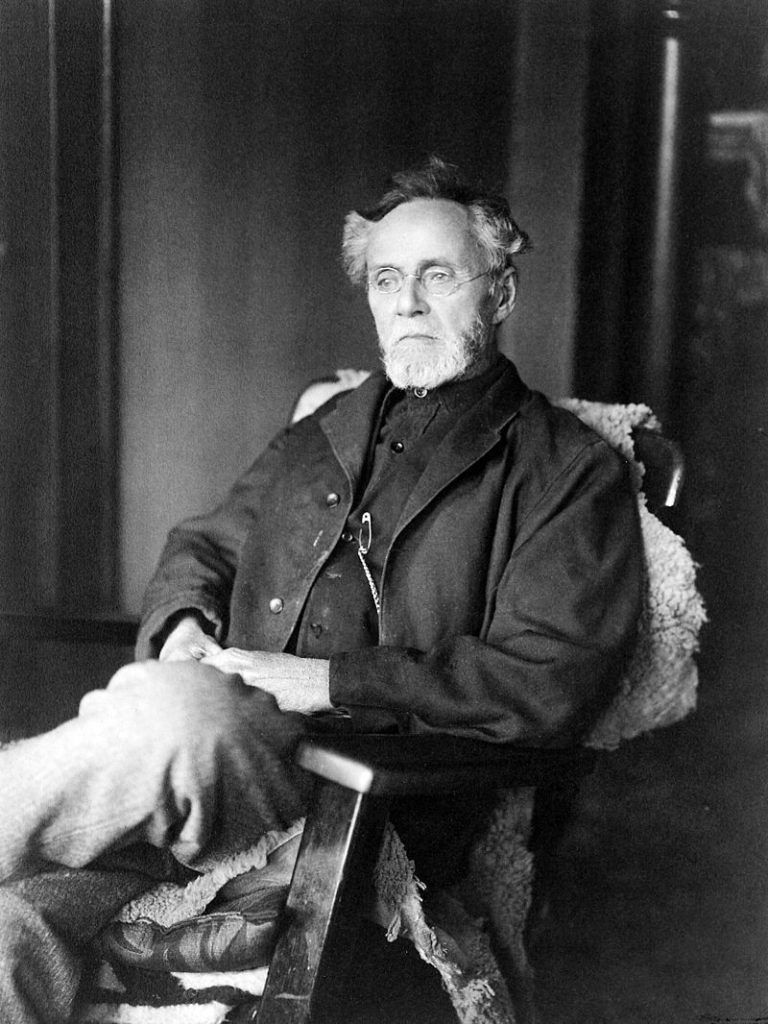
History of Osteopathy
The basic concepts of osteopathy were developed by the American physician Dr. Andrew Taylor Still (1828–1917). He extensively studied human anatomy and physiology, focusing especially on the form and structure of the bone, where the forces affecting the skeleton become manifest.
In his practice, Still treated his patients with his hands. Experimenting with manual impulses to the musculoskeletal system (skeleton, muscles, ligaments), he noticed that patients who had been treated manually were better able to overcome illnesses.
One of his most well-known students was Dr. William Garner Sutherland (1873-1954). Sutherland studied with Dr. Still, learning how to treat the whole body with utmost sensitivity. It was Sutherland who applied the osteopathic method to the head; he became the founder of Craniosacral Therapy. But his osteopathic method does not focus only on the head; rather it is an approach for the whole body with all its interrelated functions.
In mainstream medicine, “osteopathy” means the study of bone diseases. Dr. Still chose the word osteopathy for his specific form of therapy because interaction with the musculoskeletal system has traditionally been its main focus.
Today, doctors of osteopathy treat the organic tissue as well, using a method called Visceral Osteopathy. This treatment follows the principles of Dr. Still and Dr. Sutherland and effects the organs’ position, blood supply and drainage.